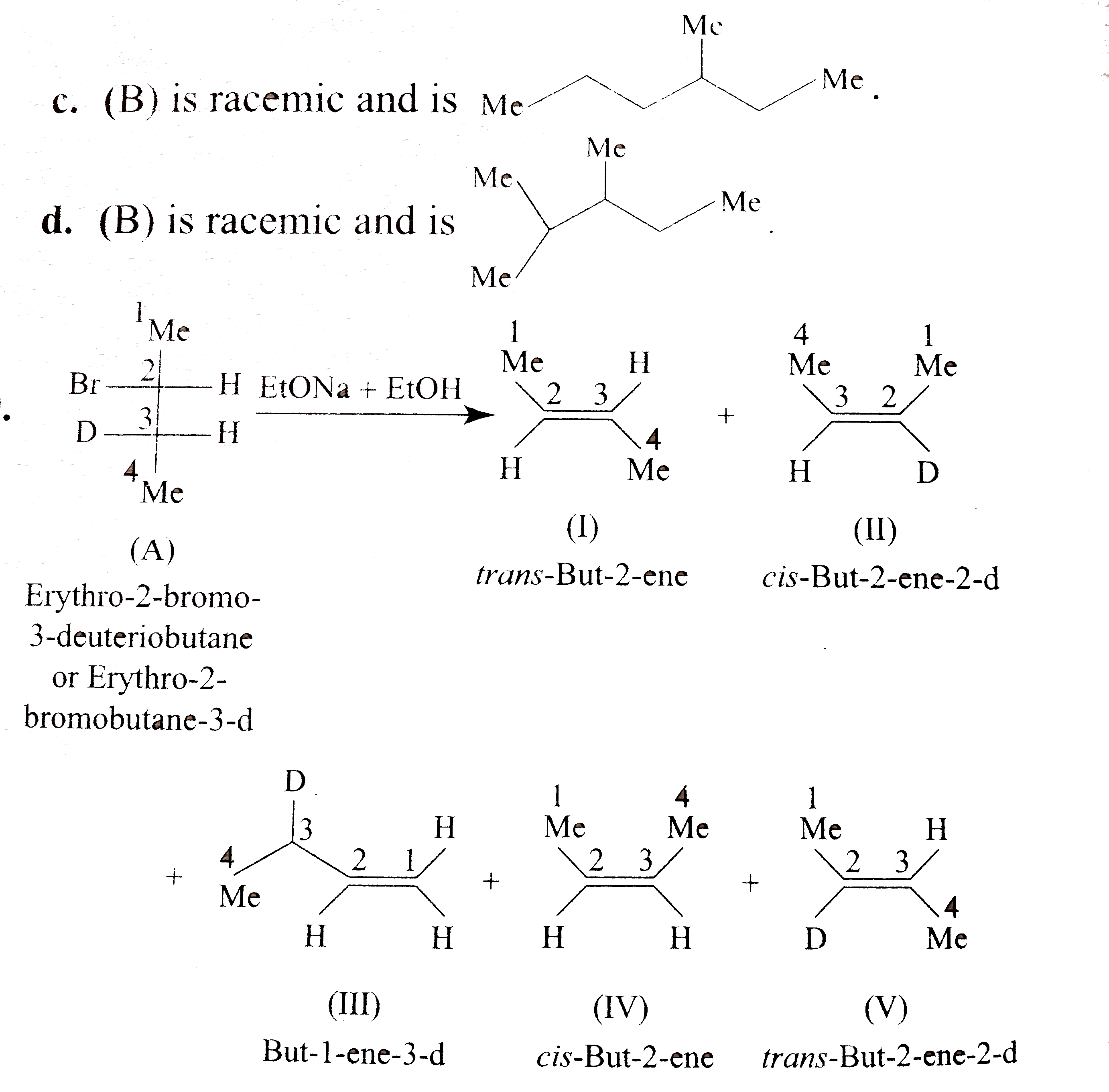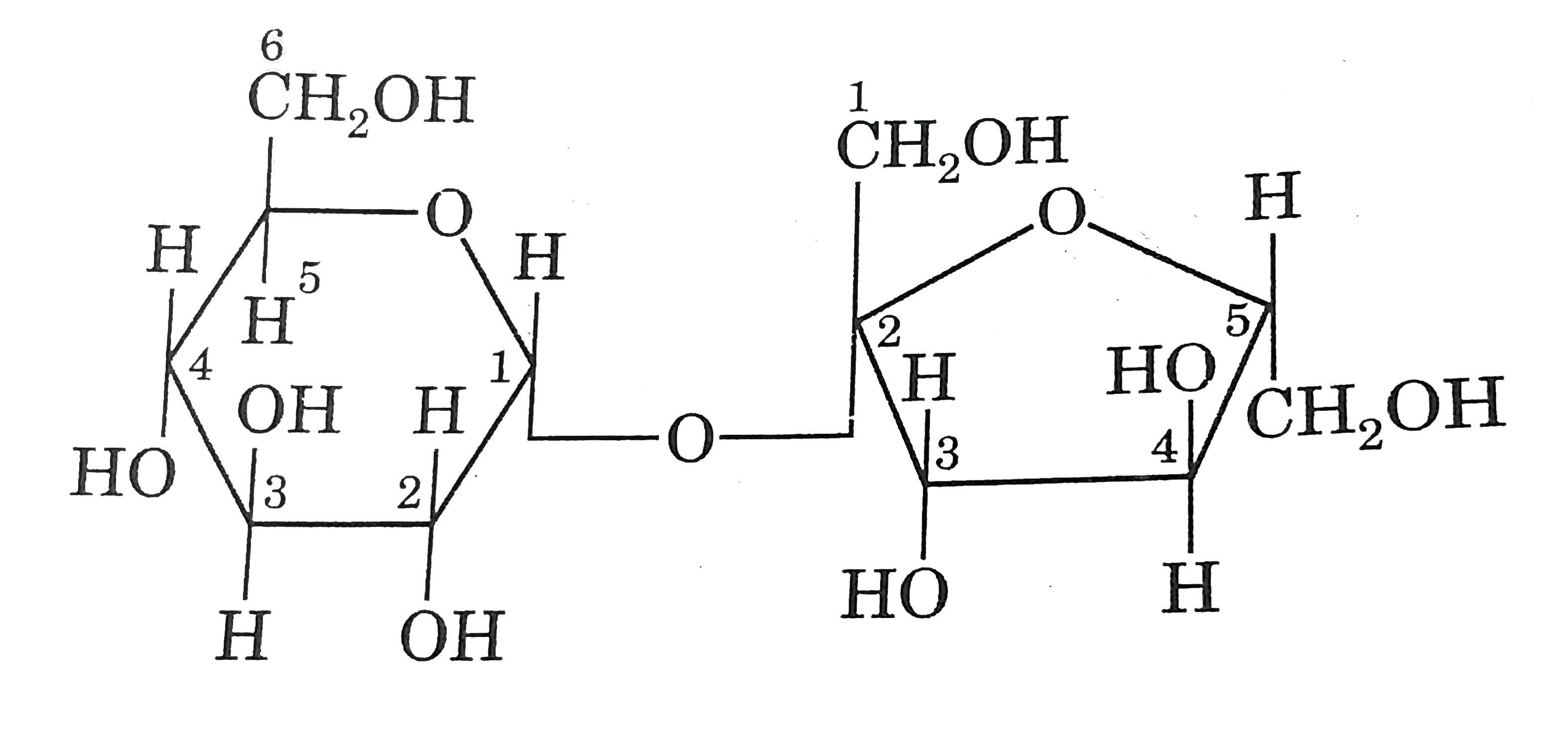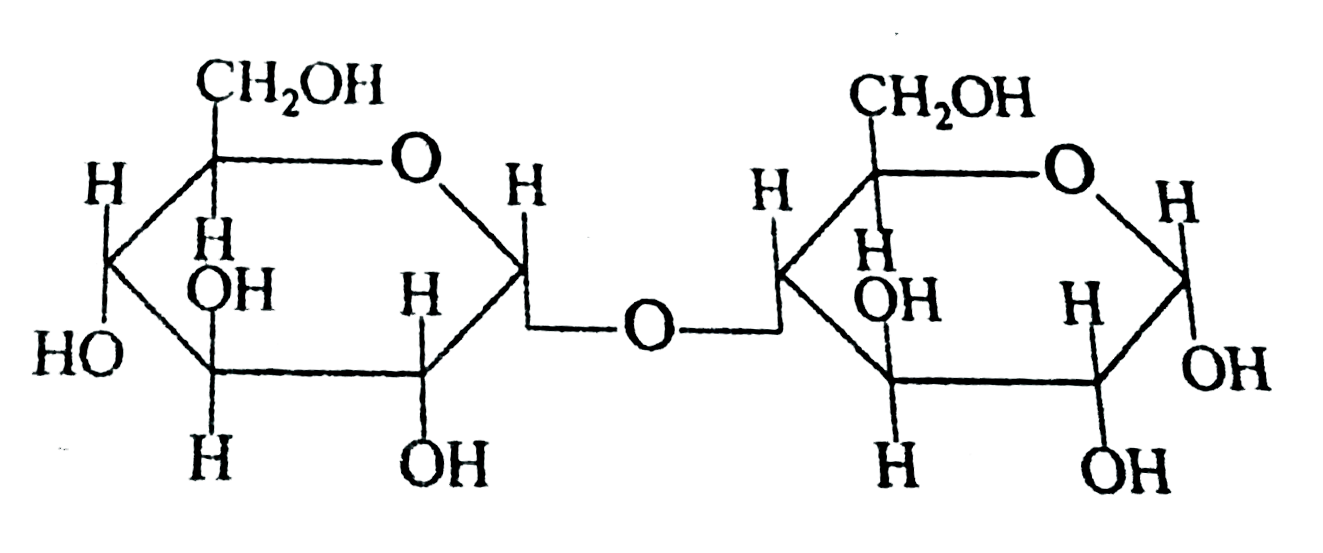Which statement is correct?
Respiratory centres are not affected byCO2
In humans vital capacity is just double the expiratory volume
A human lung has 103 alveoli
During inspiration the lungs act as suction pump
The correct Answer is:D
To determine which statement is correct regarding the respiratory system, we will analyze each statement one by one.
1. Evaluate the First Statement:
- The first statement claims that "respiratory centers are not affected by carbon dioxide."
- This statement is incorrect because the respiratory centers in the brain (medulla and pons) are sensitive to the levels of carbon dioxide (PCO2) and hydrogen ions (H+). An increase in these levels signals the respiratory centers to modify the breathing rate to ensure adequate oxygen supply and carbon dioxide removal.
Hint: Remember that the respiratory centers respond primarily to changes in carbon dioxide levels.
2. Evaluate the Second Statement:
- The second statement states that "human beings have vital capacity which is double of expiratory volume."
- This statement is also incorrect. Vital capacity is the total amount of air that can be exhaled after a maximum inhalation, which includes tidal volume, inspiratory reserve volume, and expiratory reserve volume. The expiratory reserve volume is only a part of the vital capacity, not double it.
Hint: Recall the definitions of vital capacity and expiratory reserve volume to clarify their relationship.
3. Evaluate the Third Statement:
- The third statement mentions that "normally, in a human lung, there are 1000 alveoli."
- This statement is incorrect. In fact, there are approximately 300 million (25 to 30 crore) alveoli in a human lung, which are crucial for gas exchange.
Hint: Think about the role of alveoli in the lungs and their actual numbers.
4. Evaluate the Fourth Statement:
- The fourth statement indicates that "lungs work like a suction pump during inspiration."
- This statement is correct. During inspiration, the volume of the thoracic cavity increases, creating a negative pressure that allows air to flow into the lungs, similar to how a suction pump operates.
Hint: Consider how changes in pressure and volume during breathing facilitate air movement.
Conclusion:
After evaluating all the statements, the correct statement is option D, which states that "lungs work like a suction pump during inspiration."
- The first statement claims that "respiratory centers are not affected by carbon dioxide."
- This statement is incorrect because the respiratory centers in the brain (medulla and pons) are sensitive to the levels of carbon dioxide (PCO2) and hydrogen ions (H+). An increase in these levels signals the respiratory centers to modify the breathing rate to ensure adequate oxygen supply and carbon dioxide removal.
- The second statement states that "human beings have vital capacity which is double of expiratory volume."
- This statement is also incorrect. Vital capacity is the total amount of air that can be exhaled after a maximum inhalation, which includes tidal volume, inspiratory reserve volume, and expiratory reserve volume. The expiratory reserve volume is only a part of the vital capacity, not double it.
- The third statement mentions that "normally, in a human lung, there are 1000 alveoli."
- This statement is incorrect. In fact, there are approximately 300 million (25 to 30 crore) alveoli in a human lung, which are crucial for gas exchange.
- The fourth statement indicates that "lungs work like a suction pump during inspiration."
- This statement is correct. During inspiration, the volume of the thoracic cavity increases, creating a negative pressure that allows air to flow into the lungs, similar to how a suction pump operates.
After evaluating all the statements, the correct statement is option D, which states that "lungs work like a suction pump during inspiration."
Similar Questions
Knowledge Check
Which statements is correct?
A(δHδT)P=(δUδT)V=RB(δHδT)P>(δUδT)VC(δUΔV)T for ideal gas is zeroDAll of theseWhich statements is correct in the following ?
AAll metals are tensileBAll non - metals are tensileCGenerally metals are tensileDSome non - metals are tensileWhich statements is correct for bacterial transduction ?
ATransfer of some genes from one bacteria to another bacteria through virusBTransfer of genes from one bacteria to another bacteria by conjugationCBacteria obtained its DNA directlyDBacteria obtained DNA from other external source




